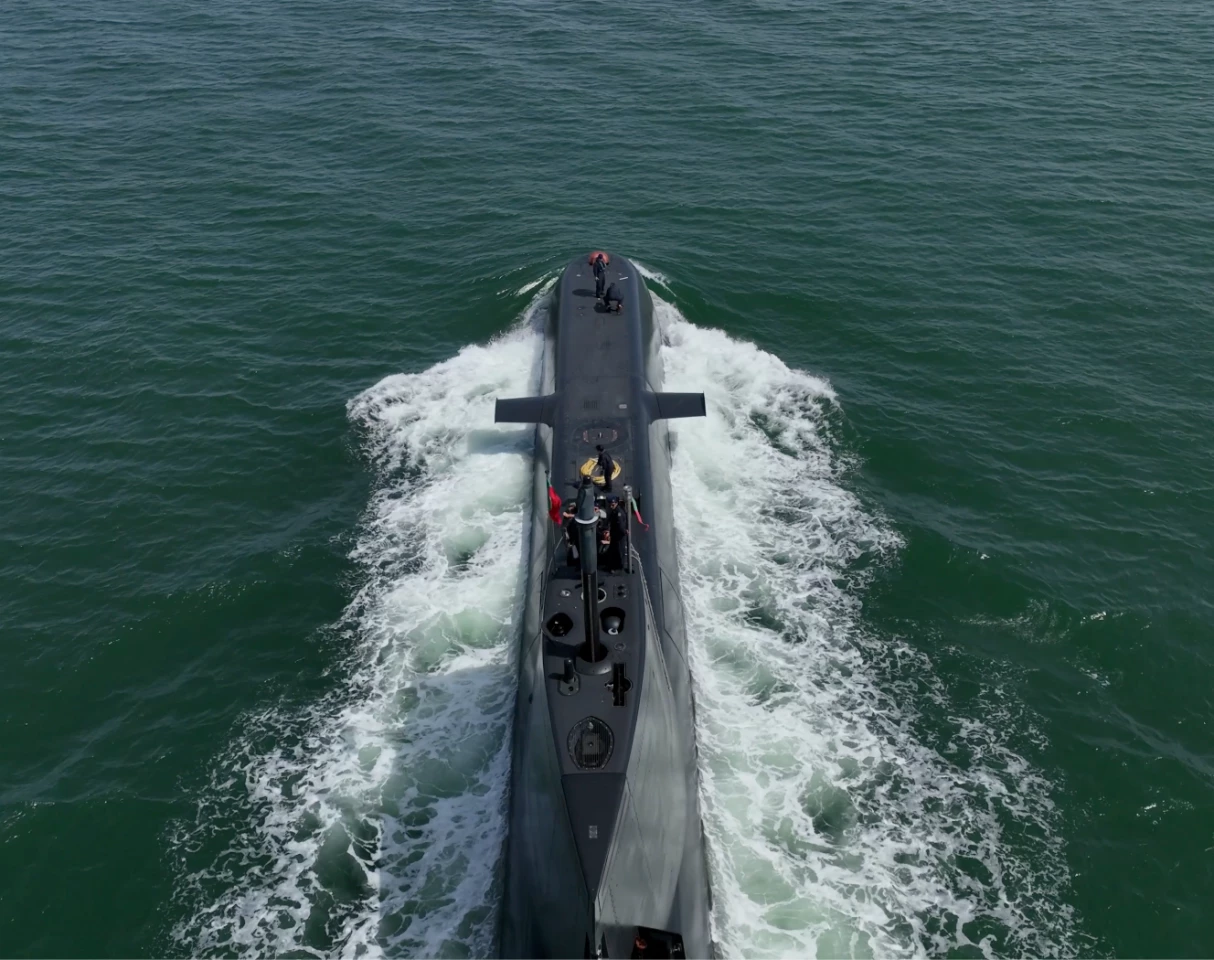In what seems like a remarkably obvious move, ESA is working with the Portuguese Space Agency and the Portuguese Navy to use life aboard a naval submarine to learn more about the effects of isolation during long-term space missions.
For decades, various space agencies and research organizations have taken an understandable interest in the problems that astronauts will face during long missions to places like Mars. For this, they have funded all manner of stand-ins for spacecraft and planetary exploration bases, including pseudo-spacecraft and habitats set up in laboratories, on sea beds, underground, or in deserts,
But the one thing that they seem to have consistently overlooked is the one place where we have centuries of data about exactly the sort of voyages that future space travelers are preparing for – ships and, especially, submarines.

For over five hundred years, ocean voyages that have carried people on missions that have lasted months or even years out of sight of land or other human beings have been routine. A whaling expedition could last up to four years and naval blockade ships might spend as long or longer tacking back and forth outside an enemy harbor to prevent any vessels from leaving.
In the 20th century, things became even more like a space voyage with the invention of the nuclear submarine. Today, the major navies of the world continually have submarines sailing beneath the waves on patrols lasting three months or longer without ever seeing the sun or stars or feeling the open air.
Needless to say, these navies have spent decades and millions of dollars studying the effects of this isolation with an eye to keeping the crews at peak efficiency and mental health in an environment that combines tedium and great stress. However, ESA wants to tread over this same ground by itself, so it has gathered a team from universities in Germany, Italy and Portugal to study the stress, mood and crew dynamics of 25 volunteers during a 60-day cruise aboard an unnamed Portuguese Navy Tridente-class conventional submarine as part of the space agency's SubSea program.

During the first expedition, which returned to shore this week, questionnaires were combined with hair and saliva samples to measure stress markers like cortisol as well as the crew’s immune health.
"SubSea is an essential initiative to understand human resilience in extreme environments," said ESA astronaut Andreas Mogensen. "Research into life and work in confined environments, whether under the sea, in space or in remote locations on Earth, provides invaluable insights into how humans adapt physically and mentally to isolation and stress."
Source: ESA







